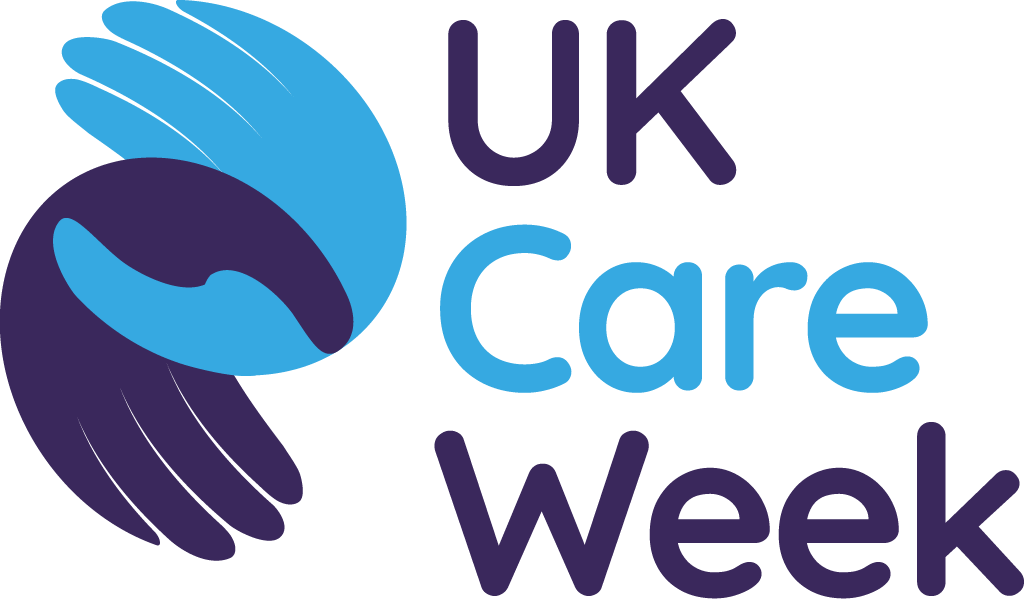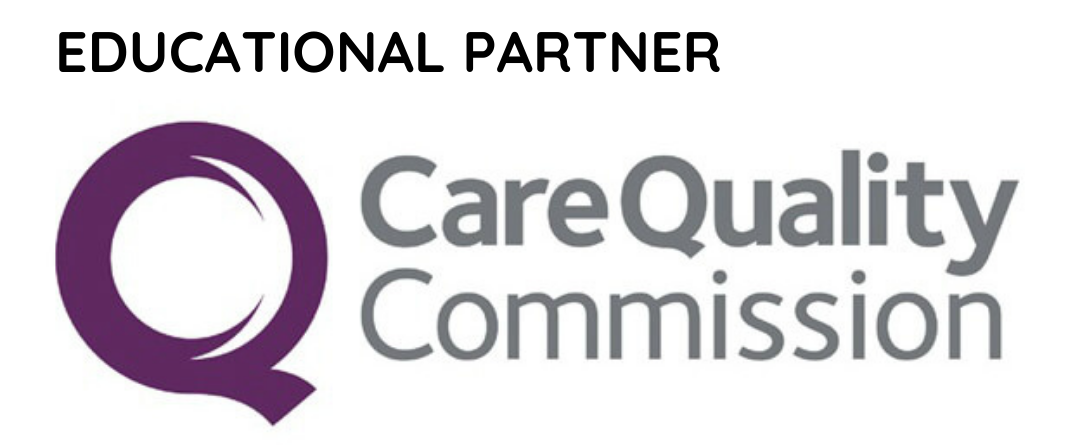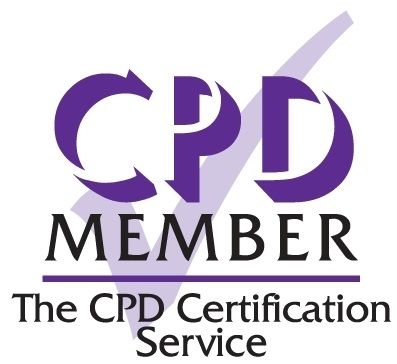All activities on-site (including but not limited to stand construction, demonstrations and breakdown) must comply with all current health & safety legislation. This section of the ezone has been produced to provide exhibitors with clear, simple suggestions for understanding health & safety & implementation of a suitable & sufficient safety management programme to comply with Health & Safety procedures.
EZone Health & Safety 2024
Statement
It is the policy of Roar B2B Exhibitions to endeavour to seek the co-operation of all concerned in order to achieve the highest standards, in all aspects of Health & Safety.
It is important to ensure that safe working practices are maintained at all times, which includes ensuring that everyone is reminded of their responsibilities whilst working at the exhibition.
As an Exhibitor, it is essential that you are aware of your obligations.
As an Exhibitor, Contractor or Agency you have a duty under the Health & Safety at Work Act 1974 to ensure that all personnel, contracted by you are aware that they have a responsibility, so far as is reasonable practicable, for the health, safety and welfare of all employees and that any plant or systems of work which may be used are, so far as is reasonably practicable, safe and without risks to health. This includes that all employees are provided with information, instruction, training and supervision to ensure not only their own health and safety, but also that of others working or attending the vicinity.
Under the COSHH Regulations 2004 (Control of Substances Hazardous to Health), exhibition stands are considered to be a workplace. It is therefore your responsibility to ensure that all your staff and subcontractors have received sufficient Health & Safety training and are provided with the correct protective clothing or PPE and equipment to enable them to carry out their work in a safe manner in accordance with COSSH and the Act.
You are also required to have in your possession a copy of your own Health & Safety policy and risk assessment as well as those of each contractor employed by you which may be requested during the exhibition.
Your duties & responsibilities
As an exhibitor, you have a legal duty of care for the safety of anyone who may be affected by your activities. You are ultimately responsible for all aspects of safety on your stand during the build up, open period of the show and during the breakdown. Where you contract out the building and finished of your stand to other parties/ contractors, you are still vicariously responsible for activities of your contractors. It is your responsibility to ensure you have done the below:
- Completed the Health & Safety Declaration Form
- Undertaken a risk assessment for your stand, relating to the entire exhibition, this should include a fire risk assessment and sent a copy of this to your Customer Success Representative
- Notify the organisers of, and carry out a risk assessment for any significant risks (as outlined on the Health & Safety Form)
- Send a copy of your PLI insurance certificate to your Customer Success Representative
- Make sure your contractors have completed this form to confirm they have read the Site Rules and CDM regulations.
Space Only exhibitors also have responsibilities under CDM regulations 2015 as a ‘client’.
Site rules
Please ensure that everyone coming on site during build up and breakdown have read and understood the site rules.
A-Z of Safety Information
Accidents
Please report accidents or near misses to the organisers’ immediately.
Alcohol & Drugs
Any person suspected to be under the influence of alcohol or drugs will be asked to leave the site immediately.
The consumption of alcohol in the venue during build-up and breakdown is not permitted.
All Secure Framework
In order to protect all Exhibitors, Visitors, Contractors and Staff Roar B2B Ltd will be implementing additional measures to stop the transmission of Covid19. This cross association framework of measures is essential to all exhibitors and needs to be factored into your risk assessment and plans for attending the event.
Dust & Fibres
Any construction process likely to generate dust and fibres must be controlled under COSHH and processes involving high levels of dust will not be permitted to take place inside the venue. This must be included in your risk assessment.
Electrics
Daisy chaining is strictly prohibited. Trailing cables or electrical wires across gangways are not permitted – onsite H&S staff will be monitoring the aisles to ensure these are kept clear at all times.
Don’t mess with your electrics! All installation work must be completed by the official contractor.
Equality Act
Exhibitors should be aware that they have obligations to disability discrimination under the Equality Act 2010. Exhibitors are responsible for ensuring that their stand and any other activities at the show comply with this Act. We ask you to consider the three following principal duties:
- To provide a disabled person with the same service that it provides others
- The service must be provided on the same terms
- The service must be provided to the same standard
Changes and adjustments that are made must be reasonable and reasons for making, or not making changes, must also be reasonable
Evacuation
If it becomes necessary to evacuate the building, a message will be broadcast by the safety team
If evacuation is necessary, everyone must leave the building for their own safety. Once outside please follow the instructions of Venue staff who will direct you to the nearest assembly area.
Fire & Emergency Procedures
Ensure you have read the Fire & Emergency procedures.
There are strict regulations governing the materials, which may be used in the construction of stands and in the demonstration of products.
Fire Officers, the Local Authorities and the Show Safety Officer will inspect stands during Build-Up. We would remind Exhibitors that the Local Authority has the right to remove any offending fittings or materials and ultimately to close down a stand. Exhibitors should draw the attention of their Contractor to these requirements.
Textiles, fabrics and other materials used for decoration/display should resist the spread of flame over their surface and should not, if ignited, have an excessive rate of heat resistance or give off toxic fumes.
First Aid
- You can approach any of our security team or NEC staff who can help you with a medical emergency.
- All accidents, incidents or near misses must be reported to the Organiser
Flammable Liquids / Chemicals
- Flammable liquids and substances must be used and stored safely and segregation from waste and other risk areas.
- Chemicals and flammable liquids must be removed from the exhibition venue after use by the user or, in exceptional circumstances, brought to the attention of the venue cleaning department for safe and proper disposal. Such products must not be placed in general rubbish bins or skips.
Floor Loading
The floor loadings are limited to 20 tonnes per square metre. Any unusual loads must be discussed with the organisers prior to the build up. Failure to do this may result in items being unable to be brought into the hall.
Ladders
Use the right ladder for the job and ensure that you are familiar with the working at height regulations.
Noise
Under the Control of Noise at Work Regulations 2005 you are required to assess the risks to your employees from noise at work, take action to reduce the noise exposure that produces the risk, provide your employees (and those in the immediate area) with hearing protection if you cannot reduce the noise exposure and ensure that the legal limits on noise exposure are not exceeded.
Personal Protective Equipment
Wear the right clothes and shoes for what you are doing and the environment you are in. The need for additional PPE should be identified in your risk assessment.
On Site Monitoring
To ensure that these duties are complied with at all times, the Organisers have appointed dedicated Health & Safety staff to monitor the show floor throughout the build-up, open period and breakdown. In the event of you or your contractor not following correct health & safety practices, the Organisers and Venue will following this 3 step procedure:
- first issue a verbal warning,
- then a written warning
- Finally if bad practice continues the Organisers / Venue will issue a Cessation of Work Notice, requiring the contractor / exhibitor to leave site until such time as correct materials or correct working practices are satisfactorily implemented.
Risk Assessments
Risk assessments are an essential tool for planning how health and safety will be controlled in the work place. It is simply a careful examination of what, in your work, could cause harm to people so that you can weigh up whether you have taken enough precautions or should do more to prevent harm.
Each exhibitor must assess the risks for the three phases of the event and undertake a risk assessment identifying the hazards present on-site and ways in which you will then minimise and control those hazards. It is advised that exhibitors follow the HSE recommended five steps:
- Look for possible hazards
- Decide who could be harmed and how
- Evaluate the risk
- Record the findings
- Review your findings
Please also consider the following:
- Do you plan any significant construction on your stand?
- Will you be using any tools, power tools, ladders, paint or chemicals on your stand?
- Will there be any hazardous or moving exhibits/machinery on your stand?
- Will there by use of any form of gas on the stand at any time?
- Will you be responsible for dismantling the stand?
- Will there be any working at height?
- Will you be laying flooring or a platform?
- Will you be installing a ramp or stairs?
- Has your cleaning and hygiene plan been adapted to mitigate the potential risks of Covid19?
- Have all staff been adequately trained in their responsibilities outlined in the Risk Assessment?
If you have answered YES to any of the above YOU MUST include the related hazards on the Risk Assessment for your stand and submit to Select International Events, the stand audit team.
For guidelines and templates to writing a risk assessment please see the Health and Safety Executive’s website http://www.hse.gov.uk/risk/casestudies/.
It is also important to consider and ensure that you and your team have had adequate rest before working on your stand especially during the build and breakdown periods.
It is your responsibility to complete a suitable and sufficient risk assessment and bring a signed copy on site. This risk assessment must cover both the build of your stand and your attendance & activities during the open period. You must send a copy of this to your Customer Success Representative and should an incident occur you should be able to produce it immediately as part of the investigation.
Traffic Rules
Information here for download
Site Plan
Please click here to see a copy of the site plan.
Site Rules
The use of e-scooters or bikes is strictly prohibited inside the venue
Venue Regulations
The Health & Safety arrangements at the NEC are intended to keep you safe and incident free. Whilst working at the venue it is important that you’re aware of the safety rules, procedures and arrangements that are in place, not only for your own safety but also that of your colleagues
You have a responsibility to yourself and others in the CDM site.
Please work safely and if you see something that may be of danger to yourself or others, report it immediately to the event organisers or your line manager.
Welfare
Toilets
Your nearest toilet facilities are located in the atrium at the front of the halls
Water
Drinking water is available in the restrooms.
Bottled water can also be bought from any of the catering facilities in the atrium and in hall.
Written Documentation
- A written Company Health and Safety Policy should exist if the company is 5 or more strong. See Section 2(3) of the Health & Safety at Work Act 1974 (HASAWA).
- A “suitable and sufficient” risk assessment should be compiled covering your participation in the exhibition.
See also section dedicated to risk assessments above.
Work Equipment
All equipment provided for work within the venue must be suitable and appropriate for the tasks required. The use of “domestic” quality equipment is not acceptable.
Portable Power Equipment
- Portable power equipment should be used for the purpose for which it was designed and have correctly fitted and used safety guards.
- It shall be visibly marked as inspected and tested within the previous 12 months.
- Portable electric tools are to be used with the minimum length of trailing leads and such equipment should not be left unattended with a live power supply to it.
Working At Height
A person is working “at height” if there is a possibility of their being injured from falling.
- Where work at height is necessary, you risk assessment must identify the appropriate means of access and all work at height must be properly planned, organised and supervised.
- Working at height should not be carried out if it is reasonably practicable to do the work in any other way.
- Equipment used for working at height must be suitable for the task, work equipment is available and that appropriate training has been provided. All equipment must also be appropriately inspected.
Please refer to http://www.stop-the-drop.co.uk/audiences/contractor for further information



